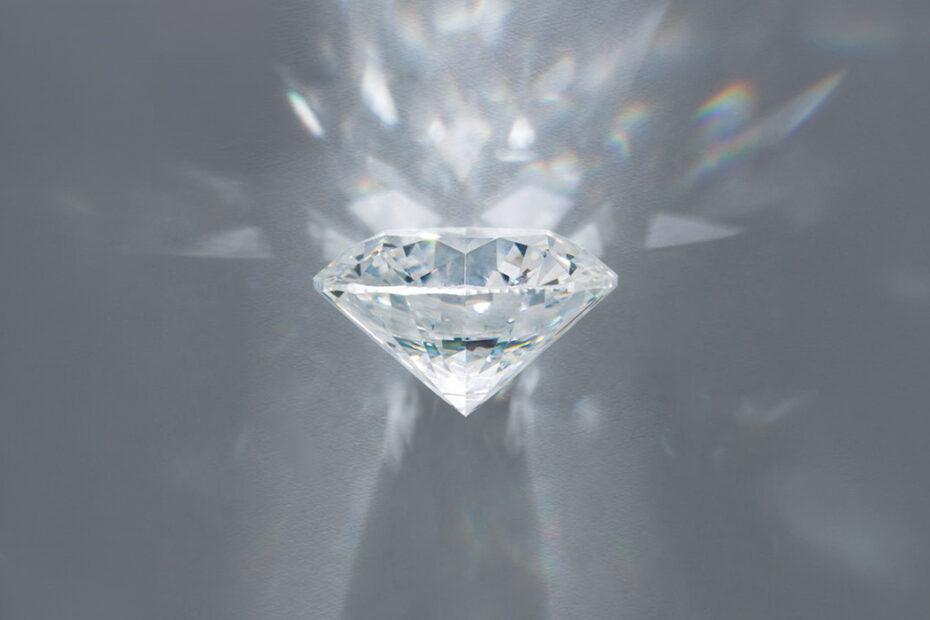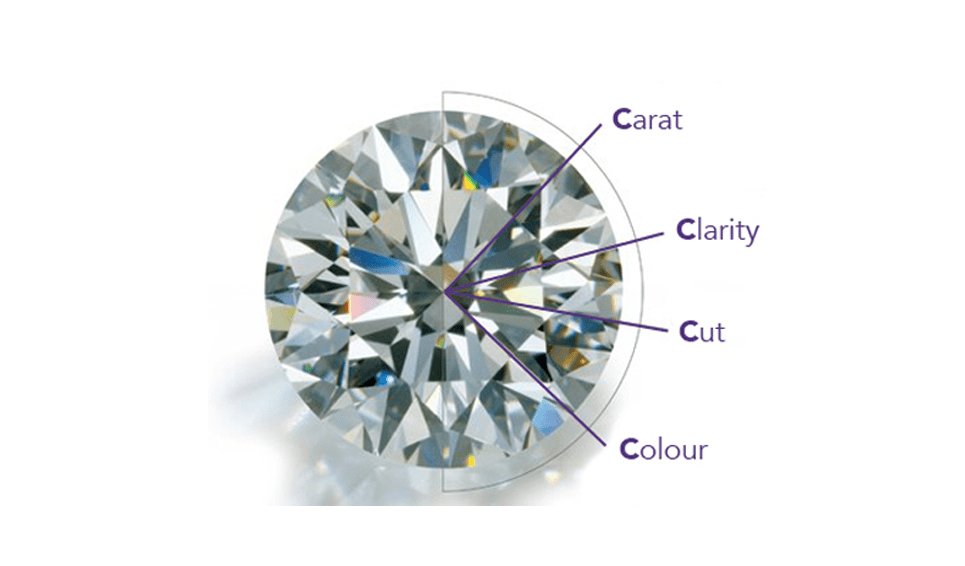Understanding Diamond Carat
When discussing diamonds, the term “carat” is not just a technicality—it represents a vital aspect of their value that every buyer should understand. Often mistaken for size, carat weight is a precise measurement of the diamond’s weight rather than its physical dimensions. This distinction is crucial as it directly influences pricing and quality assessments. Let’s confidently explore what the carat truly signifies, how it is determined, and its immense importance in the diamond industry, particularly when making informed purchasing decisions.

Origins and Definition
The term “carat” is derived from the carob seeds, which were historically utilized as a unit of weight in the trading practices of the Middle East. Over time, this measurement method evolved into what is now recognized as a standardized unit of measurement specifically for gemstones. Currently, one carat is defined as 200 milligrams or 100 points. Therefore, a 0.75-carat diamond represents 75% of a full carat in weight, highlighting the precision necessary for the valuation of these remarkable stones. The widespread adoption of the carat as a standard unit has significantly streamlined the buying and selling processes of gemstones, providing clarity and consistency within the marketplace.

Carat and Diamond Value
Carat weight significantly influences a diamond’s value. As diamonds increase in carat weight, their rarity escalates, and sourcing them becomes more challenging. This scarcity, coupled with growing demand, drives prices higher. Thus, carat weight is not just about mass but also about perceived size and value.
As large populated countries like India and China demand more Western traditions, such as giving a diamond for engagement, the demand outstrips supply, forcing prices upward. Larger diamonds of gem quality are very scarce and already expensive. This demand for large carats puts further pressure on the diamond value.
The Impact of Carat on Pricing
Diamond prices exhibit a marked sensitivity to carat weight, with even slight increases resulting in disproportionate price alterations. For example, increasing the carat weight from 0.50ct to 1.00ct yields only a 20% increase in size (approximately 5.00mm to 6.30mm). However, the price may approximately triple due to the rarity associated with larger diamonds. As diamonds reach the 2-carat and 3-carat ranges, the price escalates significantly despite only minor increments in size. This reflects the principle of diminishing returns. Larger diamonds are limited in availability, deemed rare, and present viable options for investment, thus justifying their elevated price points.

Diamonds with different carat
Half-carat (0.50ct) diamonds have gained popularity due to their favourable value-to-weight ratio. Despite their smaller carat weight, these diamonds maintain brilliance and allure, making them highly sought after for engagement rings and fine jewellery. They provide substantial sparkle without the premium pricing associated with larger stones. Many couples discover that a half-carat diamond represents an ideal balance of elegance and affordability. However, as diamonds surpass the 1-carat mark, prices increase substantially. Therefore, consumers must thoughtfully evaluate size against the budget when selecting the ideal stone. For those aiming for a compromise between size and budget, the optimal range typically falls between 0.50ct and 0.70ct. This selection offers an excellent diameter while remaining cost-effective, thus achieving a desirable equilibrium. Should your budget accommodate a 1.00-carat diamond, it promises to deliver a striking visual impact, making it a memorable choice for noteworthy occasions. Investing in a larger stone will likely yield years of satisfaction, ensuring happiness for the recipient.
In conclusion, grasping the intricacies of diamond pricing enables buyers to make informed choices that align with their personal style and financial considerations. Our expert diamond grading team, led by Dan Joines, is on hand to answer any questions and help pair you with the perfect diamond. Contact our team.
Practical Considerations in selecting a diamond
Choosing the right carat weight involves balancing personal preferences with budget constraints. Most individuals aim for a diamond that appears substantial without compromising on quality. This decision also intersects with considerations of colour, clarity, cut, and certification, which collectively determine a diamond’s overall beauty and value. Choose what you feel best complements your diamond ring and lifestyle.
Lab-grown diamonds are a cost-effective way to have a diamond still but at up to 75% of the natural equivalent. Chemically identical, lab diamonds offer excellent value and practicality.
Diamond Engagement Ring considerations
The future of high-carat diamonds remains promising yet challenging due to their rarity and increasing demand. As the supply diminishes, prices will likely continue their upward trajectory, making diamonds a symbol of elegance and a valuable investment. The classic 1.00-carat diamond is a firm favourite size for both investment and the love token of a significant diamond that will be cherished for many years. We at Polished Diamonds have an excellent range of 1-carat diamonds that are eye-clean, rare white, and have an excellent cut for the best sparkle—balancing the colour and clarity will give you a high-performing diamond at an affordable price range.
Future Diamond Trends
1. Shift Toward Lab-Grown Diamonds
Consumers, especially younger buyers, opt for lab-grown diamonds due to their affordability and ethical sourcing.
Lab-grown diamonds allow larger carat weights at lower prices, making bigger diamonds more accessible.
2. Preference for Quality Over Size
Many buyers prioritise cut, clarity, and brilliance over sheer carat weight.
A well-cut smaller diamond often appears more significant than a poorly cut heavieCustomisationtomization & Unique Shapes
Demand for fancy cuts (oval, pear, cushion, emerald, etc.) is increasing as they often appear more prominent than round diamonds of the same weight.
Custom-designed jewellery with multiple smaller stones (halo settings, three-stone rings, etc.) is becoming more popular than a single large-carat diamond.
4. Sustainability & Ethical Sourcing
With rising awareness of the environmental impact of diamond mining, many are opting for smaller, responsibly sourced diamonds.
Ethical concerns lead to a demand for traceable diamonds with precise sourcing details.
5. Pricing & Market Trends
Natural diamonds above 2+ carats remain a symbol of luxury, but economic factors might push more people toward 1-1.5 carat diamonds, which balance size and affordability.
Lab-grown diamonds may disrupt traditional pricing, making larger-carat weights more common in engagement rings.








